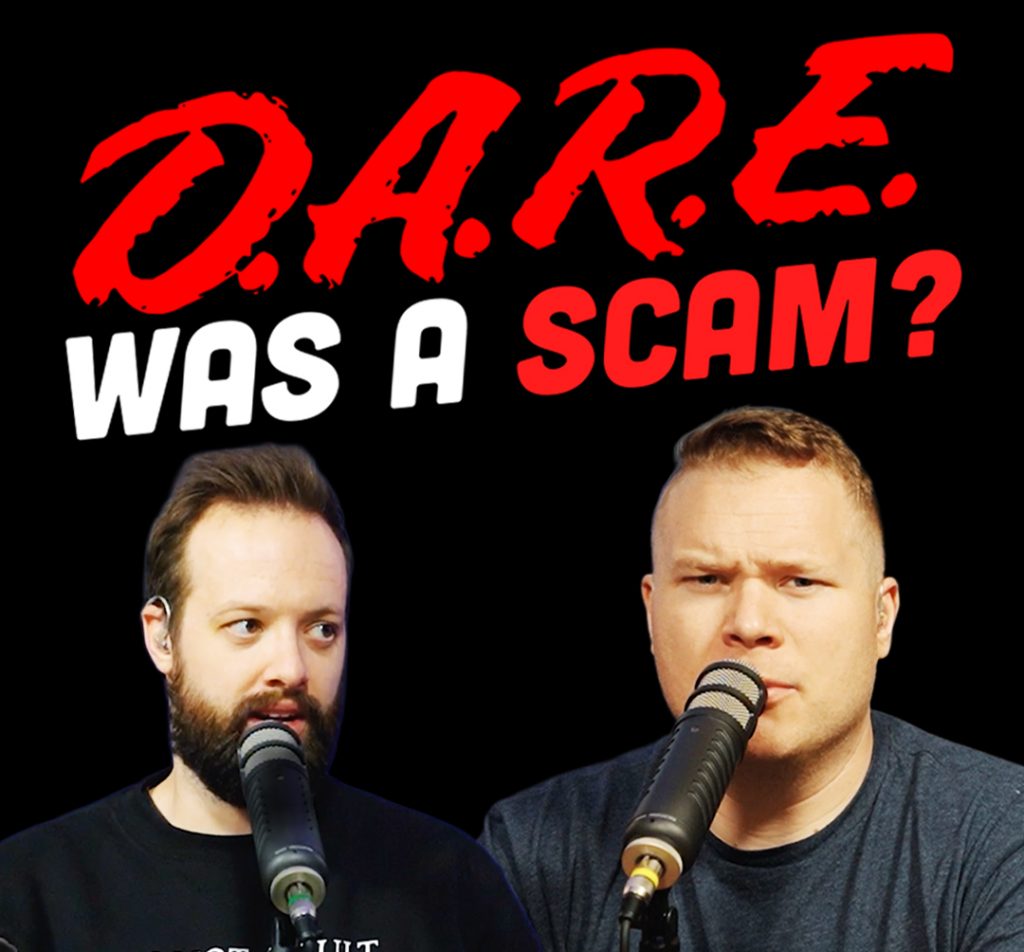The 1980s and 1990s were filled with slogans warning kids to “just say no.” At the center of this effort was the Dare program, a nationwide campaign that claimed to stop young people from falling into drug abuse. But as history shows, the story of Dare is more complicated than its bold promises.
What Was the Dare Program?
Dare, short for Drug Abuse Resistance Education, began in Los Angeles in 1983. It was created under the leadership of Police Chief Daryl Gates and quickly spread across the United States. Uniformed officers entered classrooms, teaching kids about the dangers of drugs, alcohol, and peer pressure.
The program was highly visible. Police cars with Dare logos, school assemblies, and the famous lion mascot became symbols of the anti-drug movement. For many kids, Dare was their first introduction to the idea of drug abuse.
Why Dare Became So Popular
Dare grew quickly because it appeared to be a proactive response to a rising problem. Parents worried about addiction in their communities, and schools wanted to show they were protecting children. Business leaders and even celebrities joined in, funding and endorsing the program. By the early 1990s, Dare was in most American school districts.
Merchandise also played a role. Dare shirts, stickers, and posters were everywhere, helping the campaign feel more like a brand than a lesson.
Did Dare Work Against Drug Abuse?
The big question is whether Dare actually helped. Multiple studies starting in the 1990s showed the program had little to no impact on reducing drug abuse. In fact, some research suggested that kids who went through Dare were more likely to experiment with drugs, especially in high school.
Experts believe the problem was the use of a “scare tactic” approach. Showing drugs, talking about them in detail, and presenting them as dangerous sometimes made them seem exciting. Kids didn’t always walk away fearful—they sometimes walked away curious.
A Shift in Strategy
By the 2000s, Dare could no longer ignore the data. The program admitted that its original methods were not effective. It shifted to a peer-to-peer model, where older students influenced younger ones by promoting healthy choices. These newer approaches showed better results, but by then Dare’s reputation had already faded.
The Legacy of Dare
Today, Dare still exists in some schools, though on a smaller scale. Its shirts remain trendy as an ironic fashion statement. For many, Dare is remembered as a well-meaning but flawed program that failed to curb drug abuse.
The lesson is clear: preventing drug abuse takes more than fear. It requires honest conversations, evidence-based strategies, and community support.
Final Thoughts
The Dare program remains a fascinating chapter in America’s history of drug education. It began with big promises but fell short when put to the test by real results. Looking back reminds us that good intentions are not enough—we need methods that actually work if we want to protect kids from drug abuse.
Things I Learned Last Night is an educational comedy podcast where best friends Jaron Myers and Tim Stone talk about random topics and have fun all along the way. If you like learning and laughing a lot while you do, you’ll love TILLN. Watch or listen to this episode right now!
Sources
Related Episodes
Tell Us What You Think of This Content!
Don’t forget to share it with your friends!

